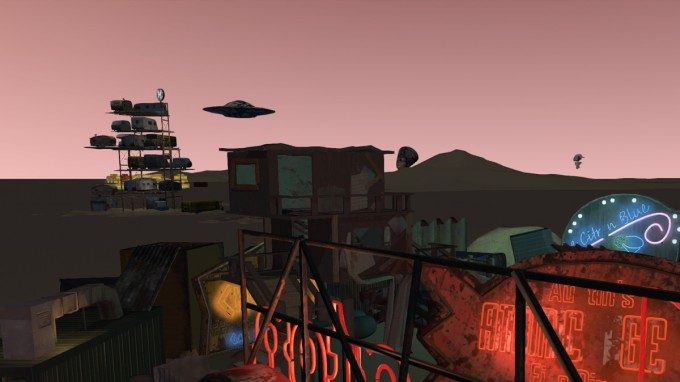High Fidelity describes itself as an “open source, shared Virtual Reality” application which gives people a virtual platform to build whatever universe they want and share it with others. The app just opened its door to beta testers, and to give you a glimpse as to what High Fidelity’s all about, we a have a video presentation from the project’s founder, ex Linden Lab founder Philip Rosedale.
The social VR arena is exploding right now with projects that have been maturing alongside virtual reality as a technology, hoping to tap into that special kind of ‘personal presence’ that VR is capable of providing. With the likes of AltSpace VR, vTime and Project Sansar all taking different approached, even Ubisoft is now dabbling in the space with it’s experimental social title Werewolves Within, due to arrive this fall.
High Fidelity is another entrant to this rapidly busying space and one which, much like Second Life developer’s latest social VR offering Project Sansar, offers the promise of opening up a virtual toolset that lets players create worlds in a matter of hours and hang out inside it with friends online – without specialist skills or tooling to do so.
High Fidelity launched its first open beta access last week, but for those of you wondering precisely what it’s all about and perhaps how it works, we have footage of the project’s founder Philip Rosedale giving a presentation to attendees of the SVVR Conference and Expo on Thursday in which he shows off and speaks about the application whilst it’s in action. Showcasing High Fidelity‘s sandbox engine and its focus on easing the population of its world with user creations. Specifically, the ability for users of the system to take an object, say a 3D model created in Sketchfab, upload it to High Fidelity‘s asset servers, and import it straight into the player’s world. After which, the author can apply physical properties such as gravity to it. All objects are stream-able, making the HF client very lightweight and agile.
If you’re interest in getting your hands on the client, head over to High Fidelity’s website and sign up here. The client supports the Oculus Rift DK2 and CV1 as well as the HTC Vive in SteamVR and is available on Windows and OSX.
After spending a very brief spell in the beta sandbox client, it does seem to offer up a bewildering array of options from creating 3D primitives to dropping in web portals – with a UI entirely presented in VR. We’re looking forward to seeing how High Fidelity evolves now it’s most crucial component, people, have access to it.








